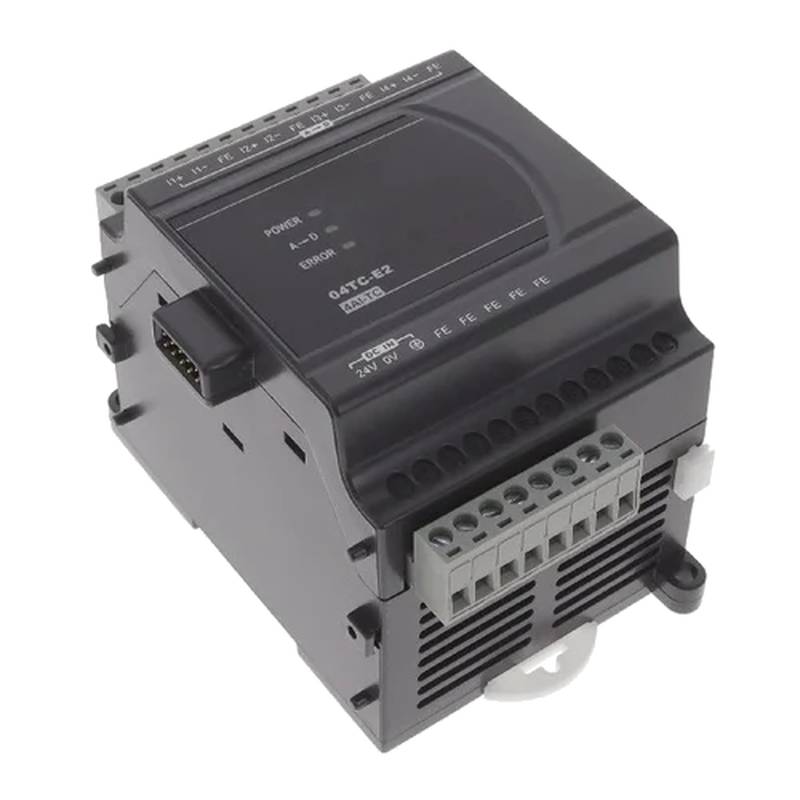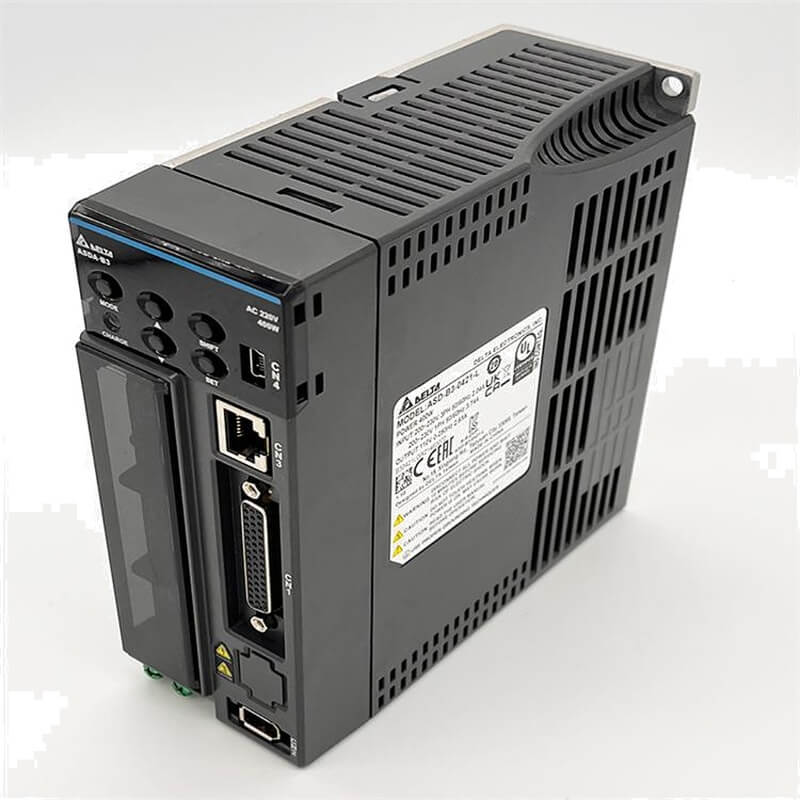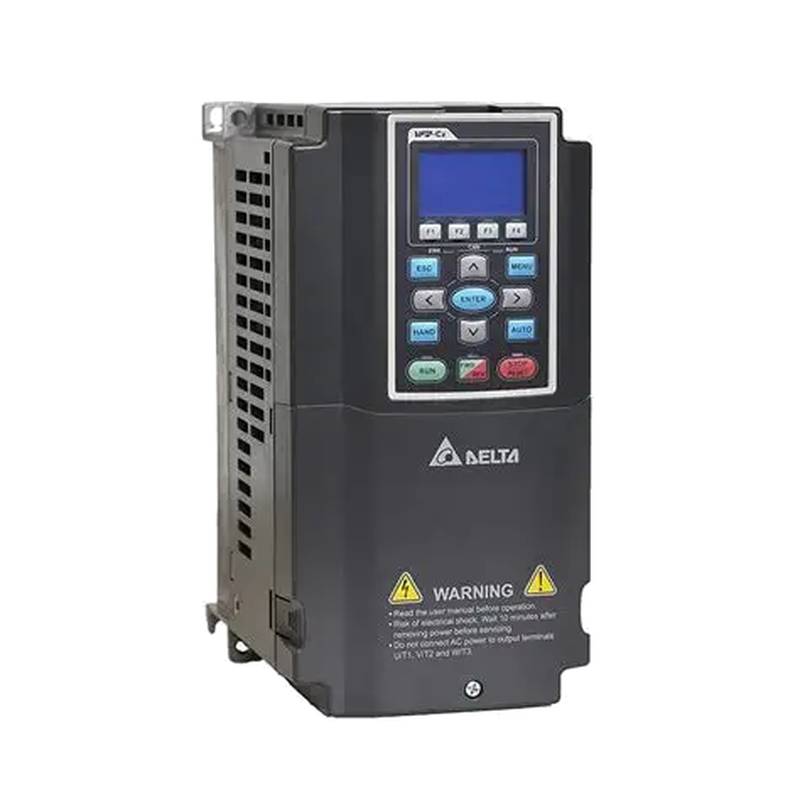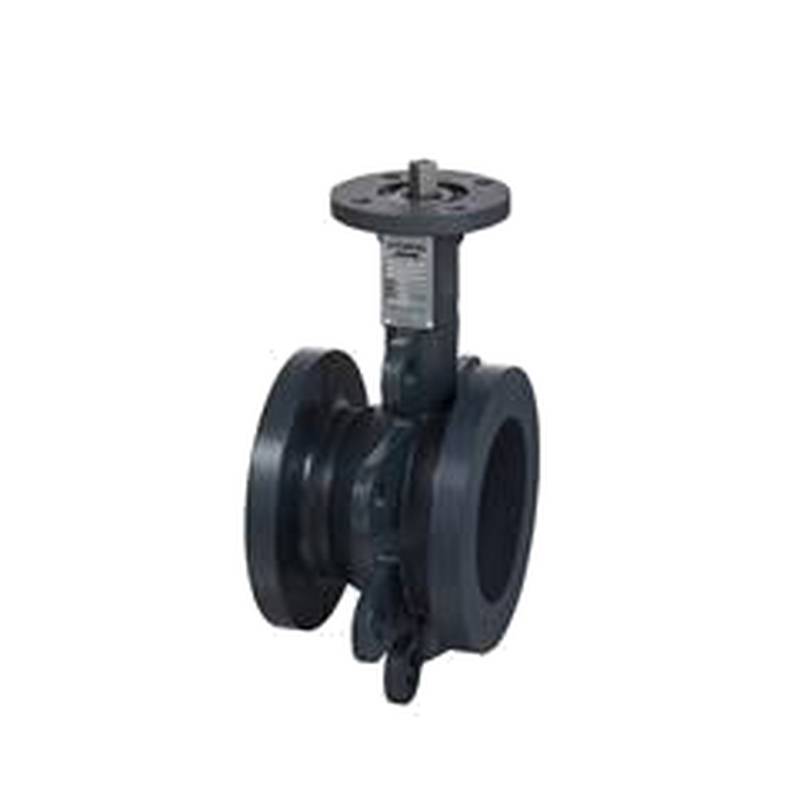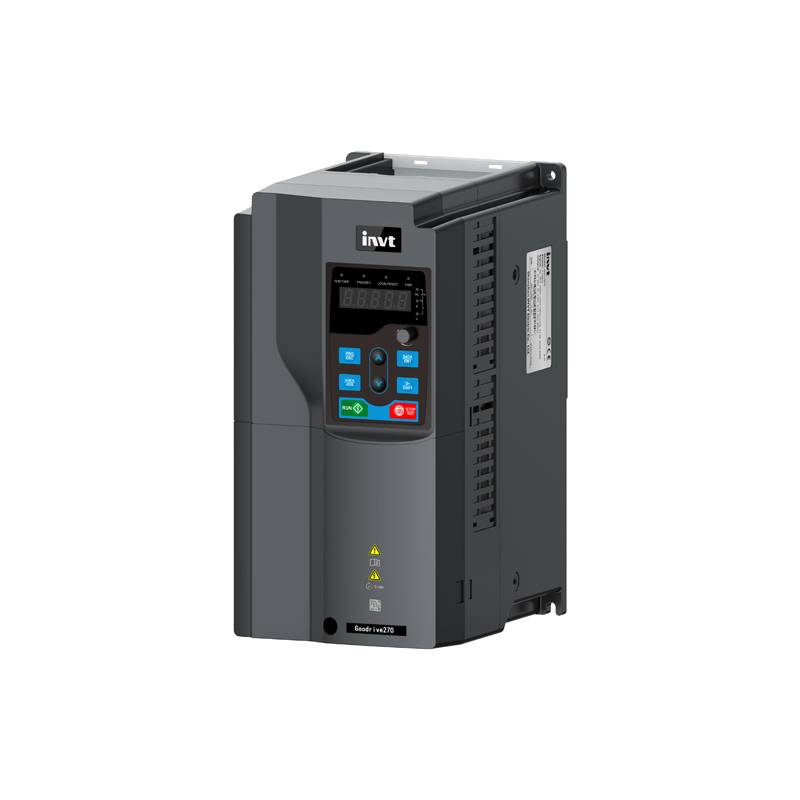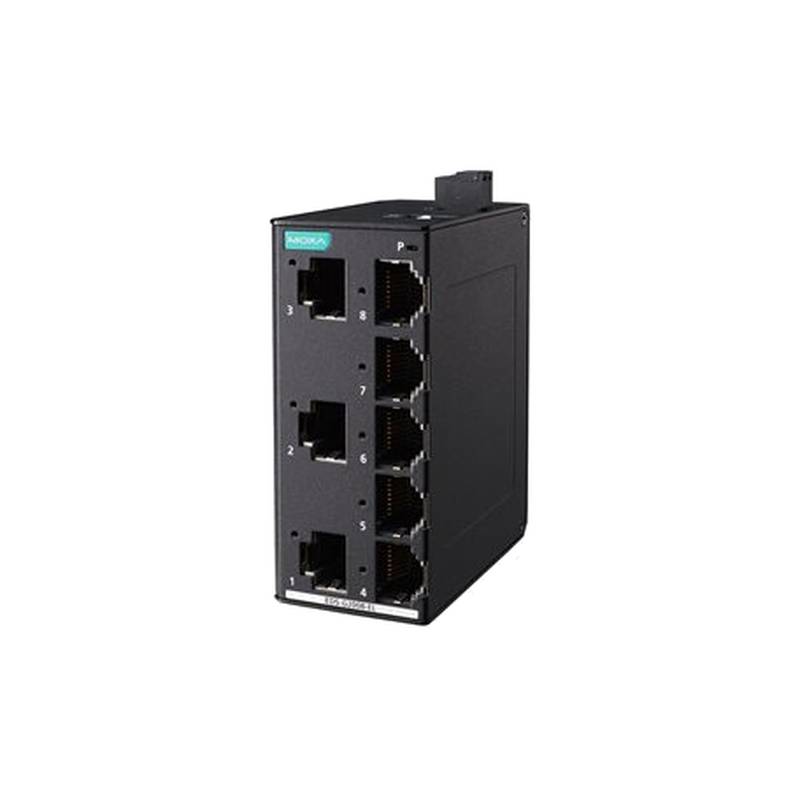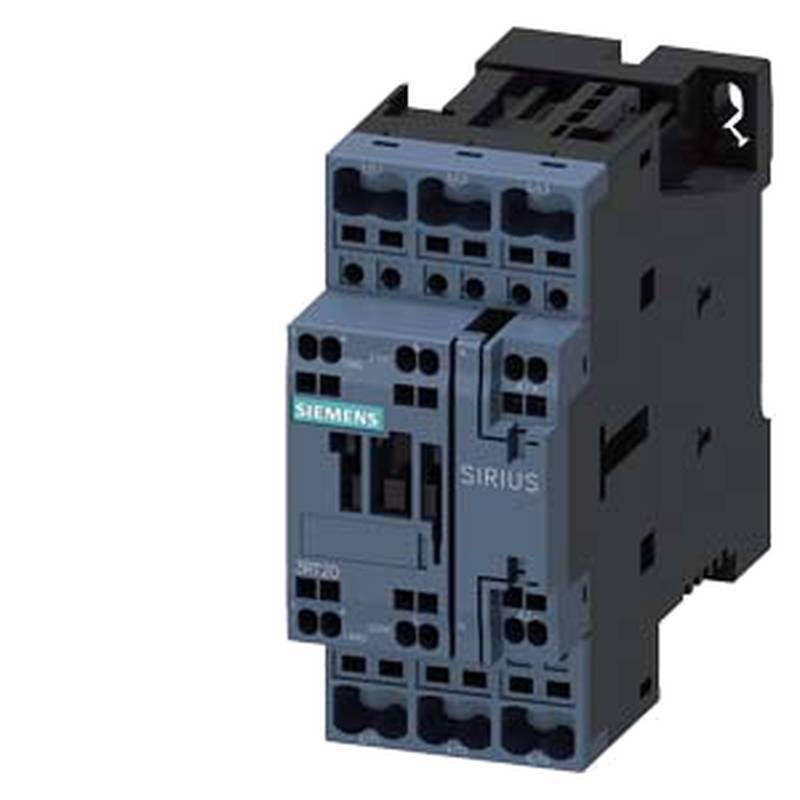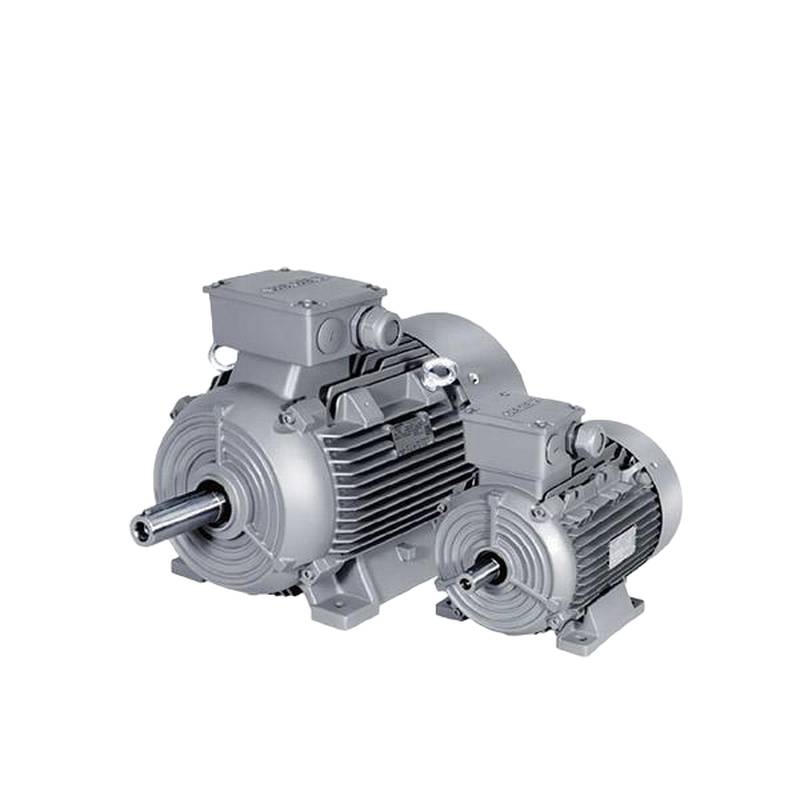
The Delta DVP04TC-E2 4-channel thermocouple temperature input module stands out in industrial automation for its precision, flexibility, and robust integration capabilities. Designed to bridge the gap between critical temperature sensing and powerful control systems, this module offers a streamlined solution for monitoring and managing thermal processes across diverse industries. Its key advantages lie in its multi-channel capability, high accuracy, and seamless compatibility with Delta's DVP series Programmable Logic Controllers (PLCs), making it a go-to choice for engineers seeking reliable temperature data acquisition.
Product Specifications
| Feature | Specification |
| :------------------ | :------------------------------------------------ |
| Input Channels | 4-channel Thermocouple Input |
| Input Type | K, J, T, E, R, S, B, N thermocouples |
| Resolution | 16-bit |
| Sampling Rate | Programmable, typically 100ms/channel |
| Isolation | Channel-to-channel and channel-to-ground isolation |
| Communication | Via DVP PLC (RS-485, Ethernet, etc.) |
| Power Supply | 24VDC |
| Operating Temp | 0°C to 55°C |
| Dimensions | Standard DVP module size |
| Mounting | DIN rail |
Core Features & Market Positioning
The Delta DVP04TC-E2 excels by offering simultaneous, high-resolution temperature readings from four distinct thermocouple points. This multi-channel design significantly reduces the need for multiple single-channel modules, leading to cost savings and simplified wiring. Its compatibility with a wide array of thermocouple types (K, J, T, E, R, S, B, N) provides unparalleled flexibility for applications involving a broad spectrum of temperatures, from cryogenic to high-heat environments. This versatility positions the DVP04TC-E2 as a superior choice for complex thermal monitoring tasks where adaptability is paramount. The module's 16-bit resolution ensures precise temperature measurement, crucial for processes requiring tight control and minimal deviation.
Key Application Scenarios
Industries requiring accurate and reliable temperature monitoring find the DVP04TC-E2 indispensable. In plastics manufacturing, it ensures optimal melt temperatures for extruders and injection molding machines, directly impacting product quality and material waste. The food and beverage sector utilizes it for precise temperature control in ovens, pasteurizers, and cold storage, guaranteeing product safety and consistency. Furthermore, in metal processing, it monitors furnace temperatures and heat-treating cycles, critical for material integrity and performance. Its adaptability also extends to chemical processing, power generation, and HVAC systems where real-time thermal data is essential for operational efficiency and safety.
Practical System Integration Guidance
Integrating the Delta DVP04TC-E2 into an existing automation system is straightforward, primarily through its connection to a Delta DVP series PLC. The module typically connects to the PLC's local I/O or expansion bus. Wiring involves connecting the thermocouple leads to the designated terminals on the module, ensuring correct polarity for each type of thermocouple. Configuration is managed through the PLC programming software, such as Delta's WPLSoft. Users will need to map the input data registers of the DVP04TC-E2 within the PLC program to access the temperature readings. Setting parameters like thermocouple type and sampling rate is also done via software, allowing for application-specific tuning.
Operation and Risk Mitigation
Safe operation of the DVP04TC-E2 hinges on adherence to proper wiring practices and environmental guidelines. Users must ensure the thermocouple connections are secure and correctly identified to prevent measurement errors or short circuits. It is imperative to consult the module's manual for specific wiring diagrams and terminal assignments. Operating the module within its specified temperature and humidity ranges is crucial for longevity and consistent performance. Grounding the system correctly helps mitigate electrical noise interference, which can impact temperature reading accuracy. Regular inspection of wiring and connections can prevent potential faults and ensure operational integrity.
Scalability & Long-Term Value
The DVP04TC-E2 offers significant long-term value through its seamless integration with the broader Delta DVP PLC ecosystem. This allows for straightforward expansion of temperature monitoring capabilities by adding more DVP04TC-E2 modules or other I/O modules as process demands grow. Its compatibility with various communication protocols supported by DVP PLCs facilitates integration into SCADA systems or cloud-based IIoT platforms for advanced data analytics, remote monitoring, and predictive maintenance. This inherent scalability ensures that the investment in temperature monitoring infrastructure remains relevant and adaptable to future industrial automation trends.
Frequently Asked Questions
What are the supported thermocouple types for the Delta DVP04TC-E2?
The Delta DVP04TC-E2 supports a wide range of industry-standard thermocouple types. This includes K, J, T, E, R, S, B, and N thermocouples, offering broad application flexibility. Users can select the appropriate type in the PLC programming software to match their specific temperature sensing needs.
How do I wire a thermocouple to the DVP04TC-E2 module?
Wiring involves connecting the positive and negative leads of the thermocouple to the designated input terminals on the module. Ensure correct polarity is maintained for accurate readings. Refer to the module's manual for precise terminal assignments for each channel.
What is the resolution of the DVP04TC-E2's temperature measurements?
The DVP04TC-E2 module features a 16-bit resolution for its temperature inputs. This high resolution allows for very fine increments in temperature measurement, crucial for precise control applications. It ensures that subtle temperature fluctuations are captured accurately.
Can the DVP04TC-E2 be used with non-Delta PLCs?
While primarily designed for Delta DVP series PLCs, integration with other PLCs is possible. This typically requires a PLC that supports communication protocols compatible with Delta's system or via specialized interface modules. However, direct compatibility is guaranteed with Delta DVP PLCs.
What is the typical sampling rate for the DVP04TC-E2?
The sampling rate is programmable and can be adjusted within the PLC software. A common configuration is around 100 milliseconds per channel. This allows users to balance the need for fast response times with the system's processing capabilities.
How does channel isolation benefit the DVP04TC-E2 system?
Channel isolation prevents interference between individual thermocouple inputs and also between the inputs and ground. This significantly improves measurement accuracy and protects the PLC from voltage spikes or ground loops. It enhances overall system reliability and safety.
What power supply is required for the DVP04TC-E2?
The Delta DVP04TC-E2 module requires a 24VDC power supply. Ensure the power supply is stable and meets the module's current requirements. Proper power connection is essential for module operation and data integrity.
How does the DVP04TC-E2 contribute to industrial process optimization?
By providing accurate, multi-channel temperature data, the module enables tighter process control. This leads to improved product quality, reduced energy consumption, and minimized material waste in various manufacturing scenarios. It forms the basis for data-driven optimization strategies.
Is the DVP04TC-E2 suitable for high-temperature applications?
Yes, with its support for thermocouples like R, S, and B, the DVP04TC-E2 is well-suited for high-temperature applications. These thermocouples are designed to operate accurately in extreme thermal environments encountered in industries like metal processing.
How can I access temperature data from the DVP04TC-E2 in my PLC program?
Temperature data is accessed through the PLC's data registers. You will need to configure the module within your PLC software (e.g., WPLSoft) and map these registers to your program variables. This allows for easy use of the temperature readings in control logic.














